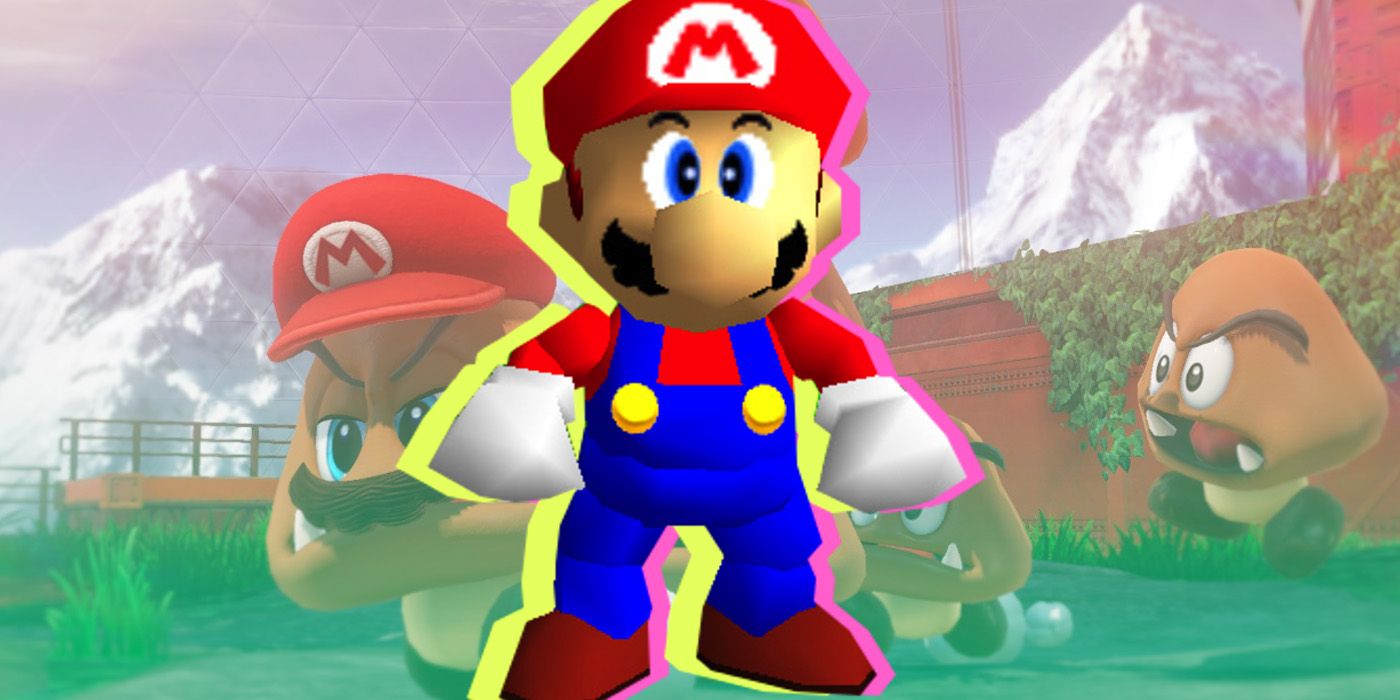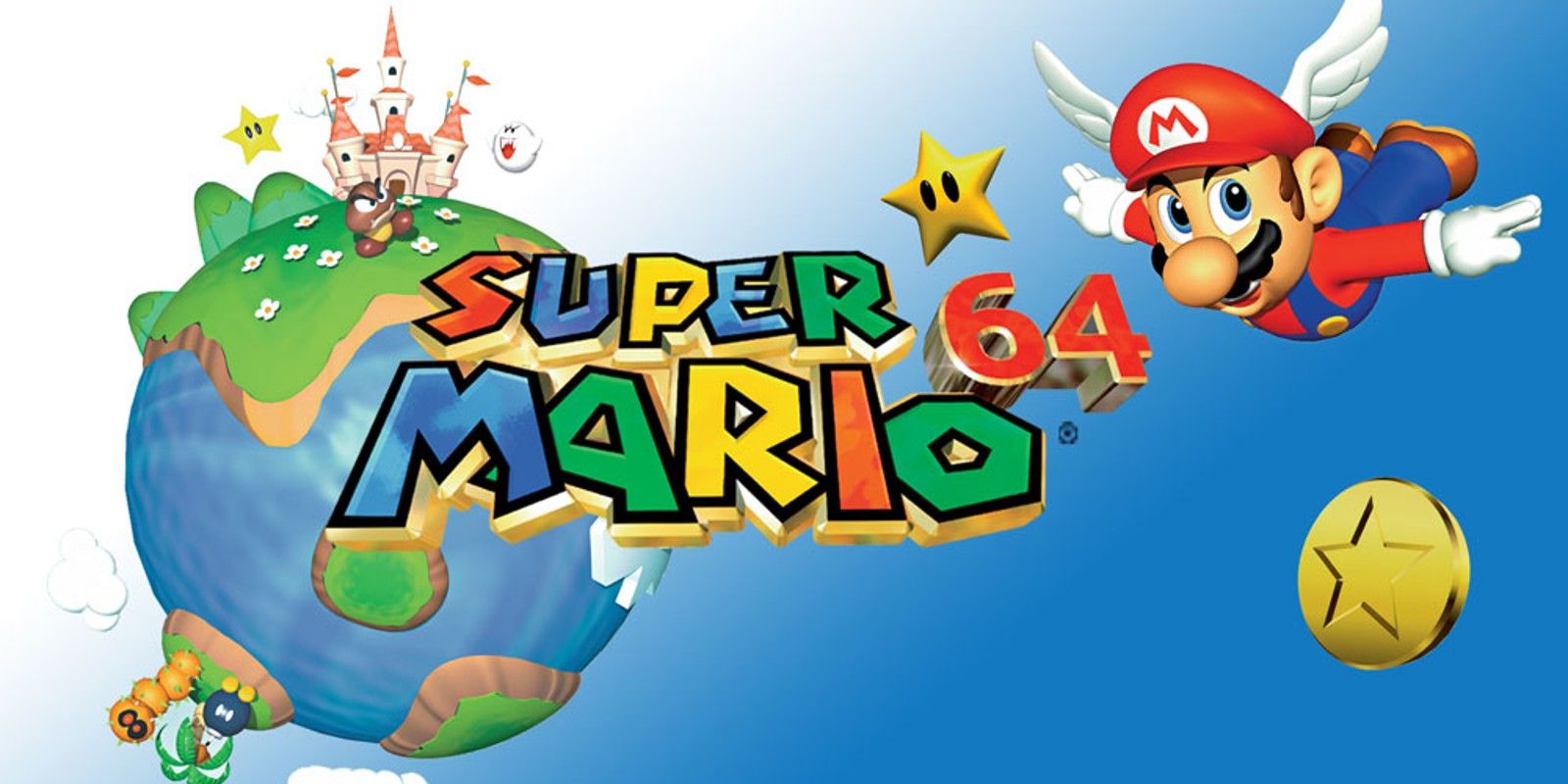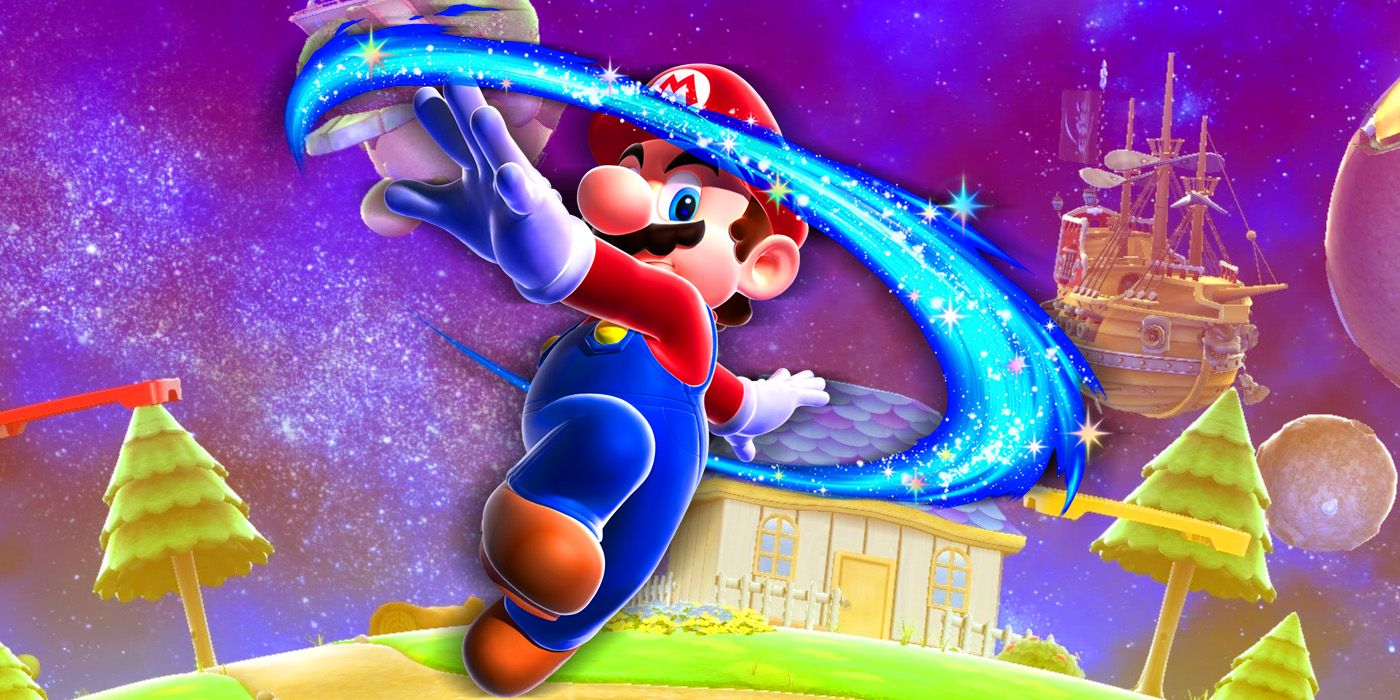Spanning 35 years with dozens of mainline and spin off titles, Super Mario remains one of the most iconic franchises in video games. While the Nintendo series is probably best known for its classic 2D platformers, with the original Super Mario Bros. remaining one of the best-selling games of all time, it’s also made its mark with 3D titles that remain extremely influential for the genre to this day.
It all began with Super Mario 64, a game that was revolutionary in several ways. While it wasn’t the first 3D title gaming had ever seen, it was notable for being the series first jump from 2D to 3D and utilized the hardware of the Nintendo 64. Rather than 2D sprites that aligned with the camera, the game featured fully rendered polygons. The models themselves haven’t aged well, but in 1996, they were groundbreaking.
Super Mario 64 also allowed for fully directional movement, where players could jump, dive and sprint around levels without any reins. This allowed for levels that, rather than guiding players with linear start and finish lines, gave them open environments with multiple objectives.
The game contains a measly 15 stages, but each one has six different Stars to acquire through a number of methods, from beating bosses to winning races against Koopas. This set a precedent for the entire genre, in which titles continue to focus on non-linear, exploration-based gameplay now.
Super Mario 64's open-world concept was expanded in the second 3D entry, Super Mario Sunshine. Similarly to 64, the game had less unique levels in favor of more individual tasks in each environment, except this time it introduced a brand new mechanic: F.L.U.D.D.
This new ability added lots of water-related mechanics, such as the ability to shoot liquid at enemies like a hose, as well as firing rockets. However, the true impact of F.L.U.D.D. came in the form of the various new movement options that it offered to Mario.For one, when the F.L.U.D.D. was on Hover Nozzle, Mario could suspend himself in the air, propelled by water.
F.L.U.D.D. was initially designed to allow players to travel across large gaps, but the mechanic has since evolved. There are various speedrunning techniques and skips that feature creative utilization of F.L.U.D.D. in order to reach higher locations than usual or traverse longer distances without touching the ground.
Super Mario Galaxy blew its previous entries out of the water, with 42 unique galaxies and over 200 Stars to collect. The environments varied from beehives to space stations and were some of the most diverse settings ever featured in a Mario game. It also introduced new power-ups, like the Ice Flower and Red Star, which made traversal even more versatile.
Because it was a Wii title, Super Mario Galaxy also had innovative motion controls, which function in less invasive manners than other games. Not only could players point with Wiimotes to gather Star Bits, but they could shake it to activate a spin attack.
All of these components accumulated in Super Mario Odyssey, the newest 3D entry -- which polishes work from past titles and expands the mechanics and environment. With 880 Moons to gather over 12 worlds, it’s a massive undertaking that’s bigger than any of its predecessors. The environments and their inhabitants are also entirely new to the franchise, with everything from T-Rexes in jungles to actual human beings living in a city. There are also multiple outfits players can use to customize Mario, unlike any past game. Odyssey is the boldest title Mario has seen thus far.
Introducing Cappy, a living, sentient version of Mario’s hat, adds more movement options as well. Mario can now throw it and perform a hat jump. This significantly increases the potential distance Mario can cover without ever needing to touch the ground, like a more skill-expressive and effective F.L.U.D.D.
From its iconic beginning to its highly successful latest title, Mario’s 3D games have continued to break ground and set the standard for the platforming genre. Mario is sure to continue innovating and paving the way, as it has from day one.



